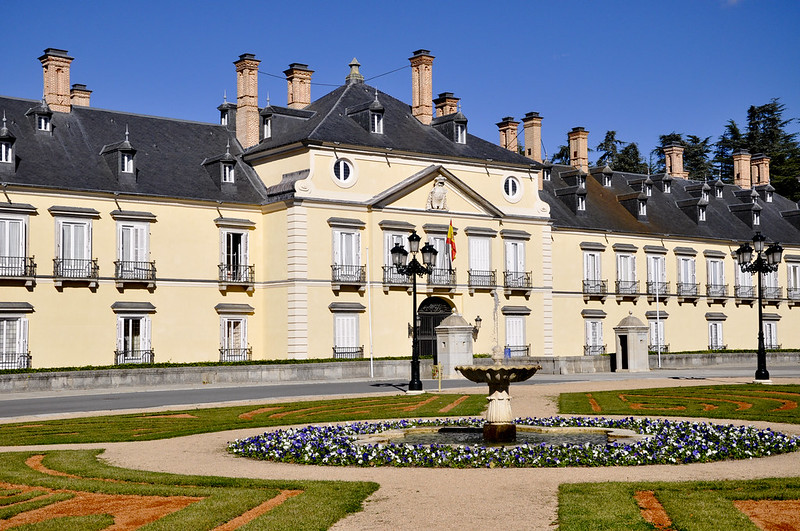
O Palácio está na zona do Monte de El Pardo uma zona de arvoredo utilizada pelas várias familias reais caçar. Tal como a Zarzuela, o El Pardo começa por ser um pavilhão de casa utilizado poucas vezes ao ano e apenas para alojar o rei e o séquito que o acompanhava a caçar. Hoje serve para receber figuras importantes (tanto políticas como de outras familias reais) que em vez de ficarem hospedadas num hotel ficam ali.
The Palace is in the Monte de El Pardo, an area surrounded by trees used to hunt by generations of royal families. Like Zarzuela, El Pardo is built as a hunting pavillion used for a short períod of time and only by the king and those that came with him to hunt.
Today it's used to receive importante people (from politics to royal families) that instead of staying in a hotel stay here.

Há dois anos atrás vim parar ao Palácio de El Pardo por acaso, tinha seleccionado no GPS o palácio incorrecto numa visita a Madrid com os meus pais e vim parar a este. Ainda saímos do carro tirámos algumas fotografias e nada mais, ficou no entanto na lista de lugares a visitar que só agora tive oportunidade de o fazer.
Primeiro dei uma volta pelo jardim, ainda é grande e por isso não o visitei todo, estava interessada em conhecer o seu interior.
No exterior do palácio podemos ainda ver o fosso que foi construído na época medieval e o grande impulsionador foi o rei D. Carlos I (o filho de Joana a Louca e neto dos Reis Católicos). Segundo o guia o palácio rectangular é na realidade a junção de dois palácios quadrangulares, o primeiro de origem medieval construído no século XVI e o segundo no século XVIII.
Two years ago I came to this palace by chance, I had selected on my GPS the wrong palace while I was visiting Madrid with my parents and ended up here. We did got out of the car took some pictures and nothing more, I did put it our list of places to visit but only now I had the chance to do it.
First I took a stroll around the garden, it is still quite big so I didn't see verything, I was more interested on what was inside.
Outside the palace we can see the ditch or moat built in the medieval time and king Charles I (Juana La Loca's son and grandson of the Catholic kings) was the one that ordered it's building. According to our tour guide the rectangular palace is actually the sum of two squared palaces, the first of medieval origins built in the XVI century and the second in the XVIII.
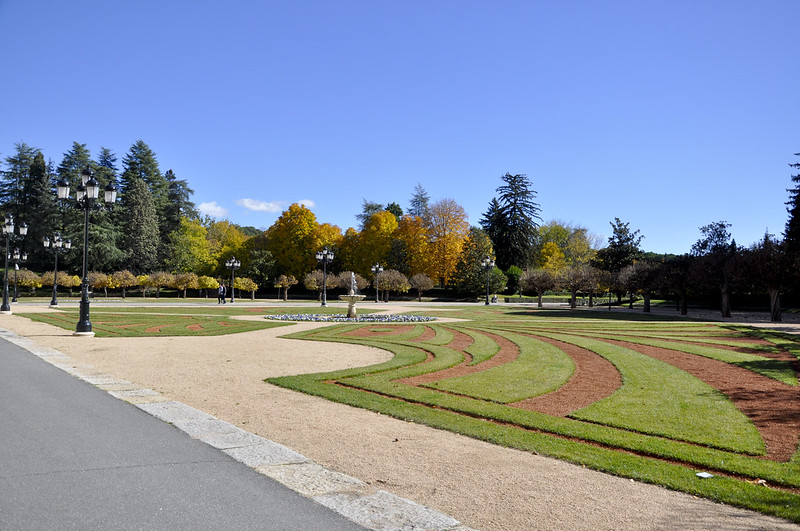
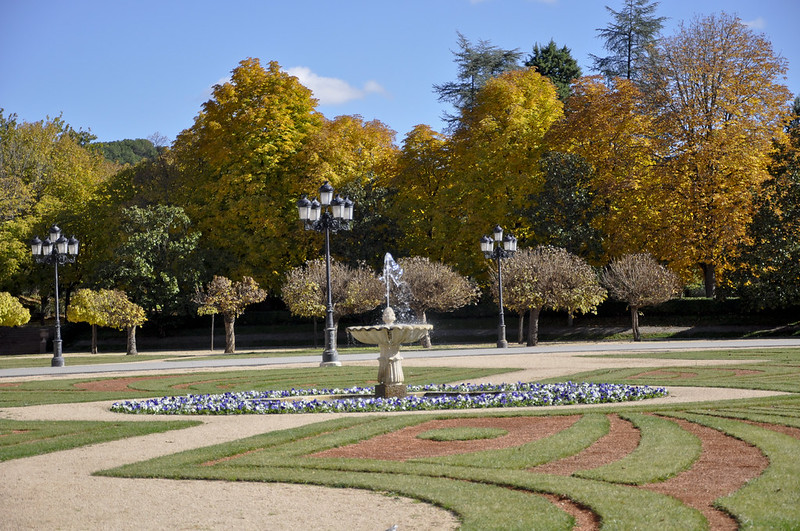
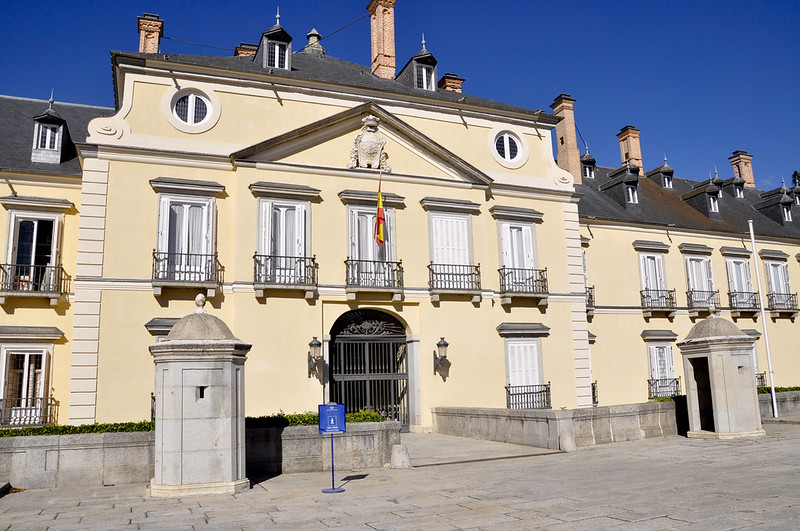
A entrada custa 9€ e é sempre feita com guia, além disso é feita de hora em hora o que significa que se chegar ás 14h30 por exemplo tem que esperar até ás 15h para entrar. Não se pode tirar fotos por isso só tenho do exterior, deixo no entanto o link do site oficial (no final do post) onde há algumas fotos como a do escritório de Franco.
A visita é muito informal, eu nem chamaria guia na realidade eles acompanham-nos nas visitas contam alguns factos mas não actuam como os guias tradicionais (pelo menos o nosso não).
Segundo o mesmo, as visitas vão alterando á medida que algumas salas são recuperadas e outras fechadas para recuperar. Pelo o que percebi a grande atracção do palácio é o facto de Franco ter vivido aqui cerca de 35 anos. Ele ocupou o palácio após a guerra civil espanhola e fez alterações para que servisse de residência oficial assim como seu local de trabalho. Uma das salas mais impressionantes é sem dúvida a do seu escritório onde está um pequeno retrato da rainha Isabel Católica.
The entrance fee is 9€ and it's always with a guide, besides that it made every hour so if you arrive at 2.30pm you will have to wait until 3p.m. to get in. Also inside you can't take pictures only on the outside, so in the end of the post you will find a link to the official page where you can find some photos like the one from Franco's office.
The visit is quite informal, I wouldn't say he was a guide in reality they take you from room to room telling you a couple of facts about what you are seeing but they don't act like a normal guide.
According to him, visits change as rooms are being recovered and other closed. From what I could understand most of the people come here because Franco lived 35 years in this place. He came here after the end of the spanish civil war and made some changes so it would be is official house as his workplace. One of the most impressive rooms is in fact his office where you can also see a small portrait of Queen Elizabeth of Castile, known as the Catholic queen.
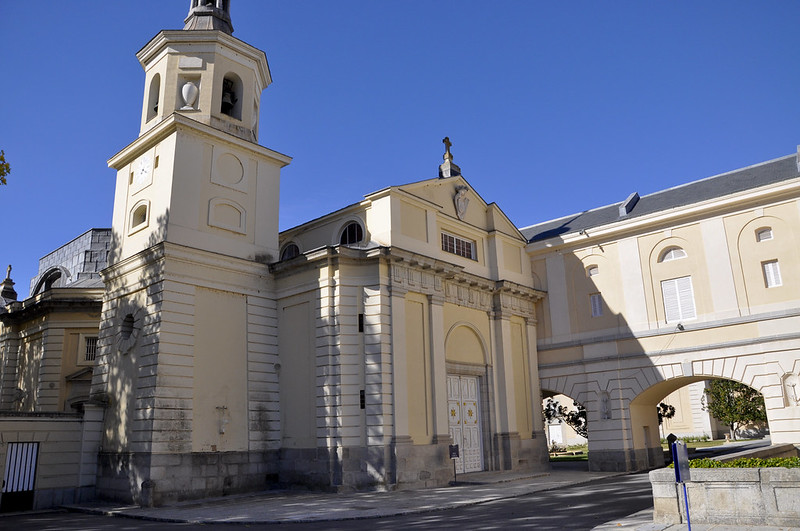
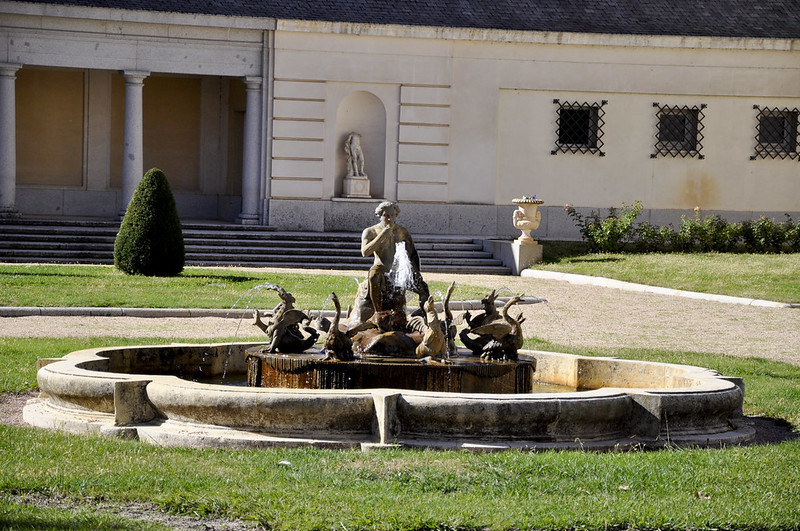

Fora da zona do palácio e um pouco mais á frente está a Casita do Principe, construída em XVIII como casa de campo da familia real.
Outside the palace area and bit foward you can see the Casita do Principe (the Prince's house) built in the XVIII century has a country home for the royal family.



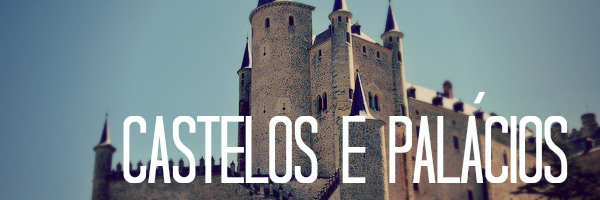
Sem comentários:
Enviar um comentário